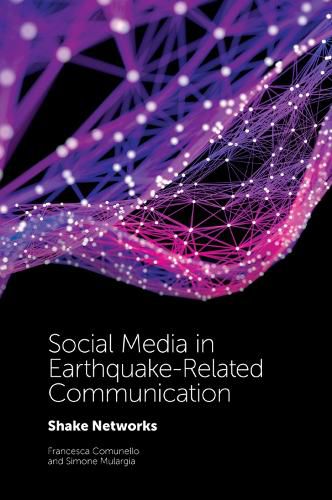Readings Newsletter
Become a Readings Member to make your shopping experience even easier.
Sign in or sign up for free!
You’re not far away from qualifying for FREE standard shipping within Australia
You’ve qualified for FREE standard shipping within Australia
The cart is loading…






This book presents a comprehensive framework for disaster communication, with a main focus on earthquake-related communication, building on a previously fragmented, single-case study approach to analysing the role of social media during natural disasters.
The authors consider both traditional communication patterns and a networked model. Following traditional command-and-control disaster management paradigms, disaster communication has historically been framed as a linear process, in which experts or authorities give instructions to a passive audience. In recent years growing attention has been devoted to bottom-up disaster communication processes, and scholars have begun to focus on activities performed by citizens through digital media. These activities include eyewitness information sharing, collective intelligence processes, and digital volunteering.
Each chapter identifies and addresses four different scenarios: top-down information sharing, citizen information gathering, institutional communication gathering, and bottom-up information sharing.
$9.00 standard shipping within Australia
FREE standard shipping within Australia for orders over $100.00
Express & International shipping calculated at checkout
This book presents a comprehensive framework for disaster communication, with a main focus on earthquake-related communication, building on a previously fragmented, single-case study approach to analysing the role of social media during natural disasters.
The authors consider both traditional communication patterns and a networked model. Following traditional command-and-control disaster management paradigms, disaster communication has historically been framed as a linear process, in which experts or authorities give instructions to a passive audience. In recent years growing attention has been devoted to bottom-up disaster communication processes, and scholars have begun to focus on activities performed by citizens through digital media. These activities include eyewitness information sharing, collective intelligence processes, and digital volunteering.
Each chapter identifies and addresses four different scenarios: top-down information sharing, citizen information gathering, institutional communication gathering, and bottom-up information sharing.